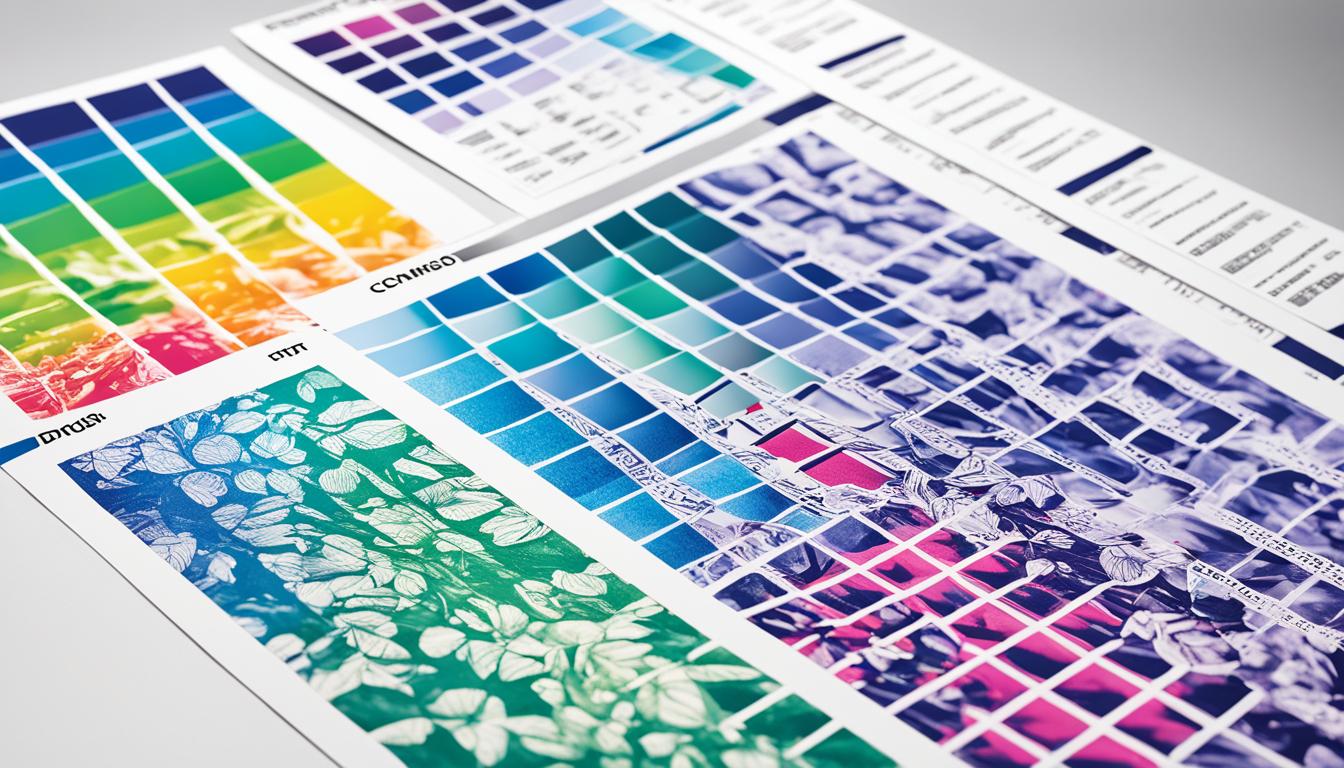If you're in the custom apparel business or have printing projects, you know how important it is to choose the right printing method. With advancements in technology, the apparel printing industry now offers various options. Two popular methods are DTG (Direct-to-Garment) and sublimation printing. In this article, we'll compare these methods to help you make an informed decision for your business needs.
Key Takeaways:
- DTG and sublimation printing are two common methods used in the custom apparel industry.
- DTG printing is best for cotton fabric, while sublimation works well on polyester fabric.
- Consider factors like fabric color, range of colors, type of fabric, order size, and desired texture of the final product when choosing a printing method.
- DTG printers are generally more expensive than sublimation printers.
- Sublimation printing offers vibrant colors but has limitations with dark garments.
Understanding DTG Printing
DTG printing, also known as direct-to-garment printing, is a popular method for creating custom designs on fabric. Unlike other printing techniques, DTG printing allows for the direct application of images onto fabric without the need for film or transfer paper.
One of the key advantages of DTG printing is its ability to achieve high levels of detail and vibrant colors. The printer effectively sprays ink onto the fabric, resulting in precise and intricate designs.
For successful DTG printing, the fabric needs to be pretreated before the image is printed. This pretreatment ensures proper ink absorption and image transfer. It is particularly effective when printing on cotton fabric, making it an excellent choice for creating custom apparel and other textile projects.
DTG printing offers numerous benefits for both small and large-scale operations. It allows for quick turnaround times, making it ideal for on-demand printing. Additionally, DTG printing is versatile, accommodating designs of varying complexity and size.
“DTG printing is a game-changer in the apparel industry. It allows us to bring our creative vision to life with stunning detail and color. The ability to print directly onto cotton fabric gives us unparalleled flexibility in creating one-of-a-kind garments.” – Alex Thompson, Owner of Custom Threads
Overall, DTG printing is an excellent choice for those looking to create custom designs on cotton fabric. Its ability to produce high-quality prints, with vibrant colors and intricate details, makes it a preferred method for many in the industry.
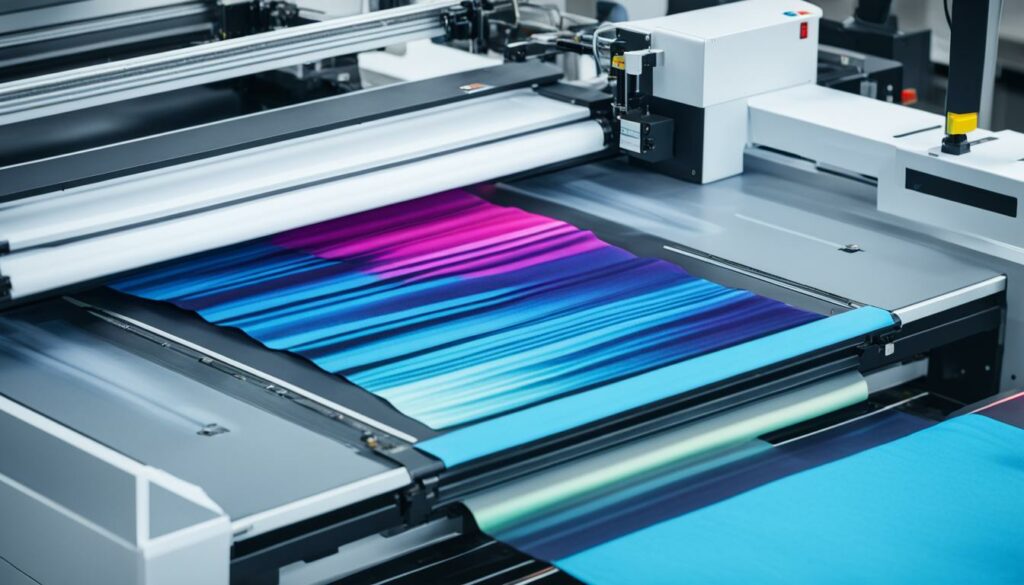
Understanding Sublimation Printing
Welcome to the world of sublimation printing! This unique process offers incredible possibilities for creating vibrant and long-lasting prints on polyester fabric. Let's delve into the details of this fascinating technique.
Sublimation printing stands out for its ability to transform solid ink directly into gas, without going through a liquid phase. This allows the ink to bond seamlessly with the polyester fibers, resulting in stunningly vivid prints that won't fade or crack over time.
The process begins by printing the desired image onto a special transfer paper using sublimation inks. The inks typically consist of CMYK colors, allowing for a wide range of hues and shades. Once the image is printed, it's ready to be transferred to the fabric.
To facilitate the transfer, the printed paper is carefully aligned and placed in direct contact with the polyester fabric. Heat and pressure are then applied using a heat press machine, causing the solid ink to sublimate, or transition directly to a gas state. The gas penetrates the fabric, where it cools and solidifies, permanently bonding with the fibers and creating a permanent, vibrant image on the fabric.
Sublimation printing works exceptionally well on polyester fabric due to its molecular structure. The open weave and moisture-wicking properties of polyester fabric allow the gas molecules to easily penetrate and bond with the fibers. This results in vivid, high-resolution prints that retain their color and clarity even after numerous washes.
To maximize the effectiveness of sublimation printing, it's important to use high-quality sublimation inks and ensure proper heat and pressure settings during the transfer process. Additionally, it's crucial to select polyester or polyester-blend fabrics, as other materials, such as cotton, do not have the same affinity for the sublimation process.
This incredible printing method opens up a world of creative possibilities for custom apparel, home decor, promotional products, and more. Whether you're looking to create personalized t-shirts, vibrant sportswear, or eye-catching signage, sublimation printing offers unmatched versatility and durability.
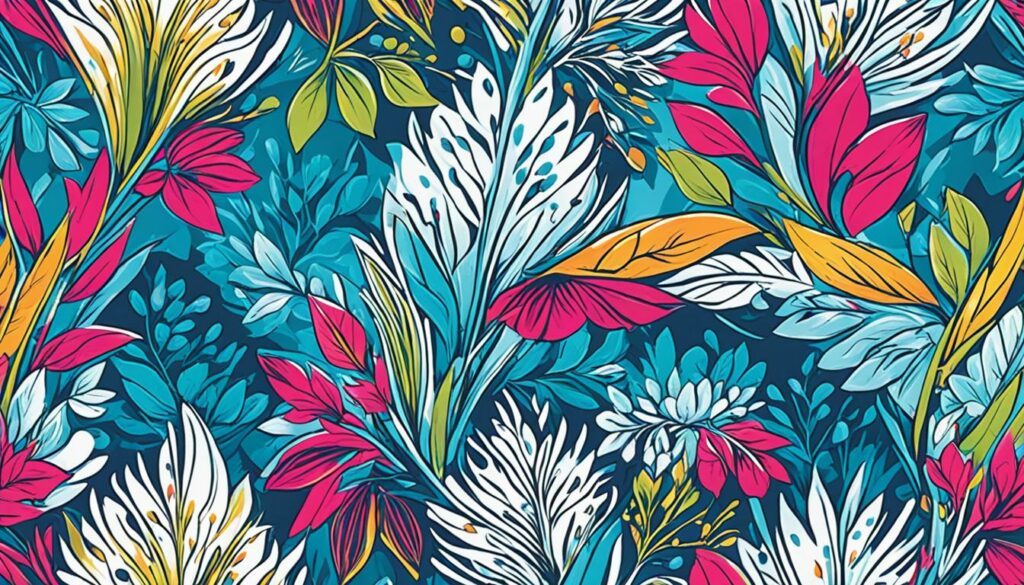
With a solid understanding of sublimation printing, you can now explore its endless potential for your business or creative projects. Keep in mind the importance of using polyester fabric and high-quality sublimation inks to achieve the best results. Let your imagination soar and create stunning, long-lasting prints with this remarkable printing technique.
Factors to Consider in Choosing the Right Printing Method
When selecting the ideal printing method for your project, there are several factors to consider. These include fabric color requirements, the range of colors in your design, the type of fabric to be printed on, the size of your order, and the desired texture of the final product.
Fabric color:
- For lighter-colored fabric, sublimation printing is the better choice, as it produces vibrant and detailed designs.
- For dark-colored fabric, DTG printing shines, offering excellent color saturation and clarity.
Range of colors:
The range of colors in your image also plays a role in determining the ideal printing method. Sublimation printing has limitations when it comes to printing the color white, so keep this in mind when considering your design.
Type of fabric:
- DTG printing works best on cotton fabric, ensuring crisp and vibrant results.
- Sublimation printing is most suitable for polyester fabric, as the ink bonds seamlessly and provides excellent durability.
Size of order:
If you have a small order quantity, DTG printing is a cost-effective choice that allows for customization and flexibility. For larger orders, sublimation printing may be more efficient.
Texture of final product:
Consider the desired texture of your final product. DTG printing results in a soft, breathable texture, while sublimation printing offers a smooth, seamless finish.
By carefully considering these factors, you can make an informed decision on the right printing method that will ensure the best results for your specific needs.
Comparing DTG and Sublimation Printing Methods
For a more comprehensive comparison between DTG and sublimation printing methods, please refer to the following table:
| Factors | DTG Printing | Sublimation Printing |
|---|---|---|
| Fabric Color | Best for dark colors | Best for lighter colors |
| Range of Colors | No limitations | Limitations with white |
| Type of Fabric | Cotton | Polyester |
| Size of Order | Ideal for small orders | Efficient for large orders |
| Texture of Final Product | Soft and breathable | Smooth and seamless |
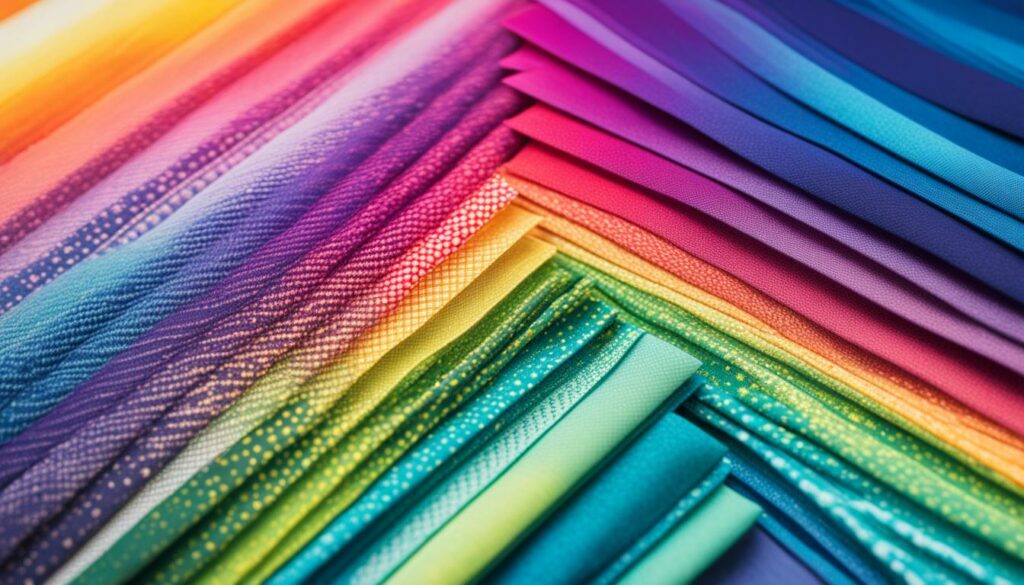
Stay tuned for the following sections where we dive deeper into the costs and equipment for DTG and sublimation printing, as well as the pros and cons of each method.
Cost and Equipment for DTG and Sublimation Printing
When considering different printing methods for your business, it's important to factor in the cost of the equipment. Let's take a closer look at the prices associated with DTG and sublimation printers, as well as heat presses.
Sublimation Printer Cost
Sublimation printers offer a wide range of options to fit different budgets. The cost of sublimation printers typically ranges from $1,000 to $15,000. The specific price will depend on factors such as brand, model, and additional features. Investing in a higher-end sublimation printer may offer more advanced capabilities and better print quality.
DTG Printer Cost
If you're considering DTG printing, be prepared for a higher upfront cost. DTG printers generally range from $15,000 to $250,000. The price variation depends on factors such as print size, production capacity, and advanced features. While the initial investment may be significant, DTG printers are known for their high-quality output and versatility.
Heat Press Cost
In addition to the printer, you'll also need a heat press for both DTG and sublimation printing. Heat presses are essential for transferring the design onto the fabric. The cost of a heat press can range from $500 to $5,000, depending on the size, type, and additional features. Investing in a high-quality heat press ensures consistent and reliable results.
It's important to note that these price ranges are estimates and can vary depending on the specific requirements of your project. Factors such as print volume, production speed, and additional accessories can all impact the overall cost of equipment.
To help you visualize the price ranges, here is a breakdown:
| Equipment | Price Range |
|---|---|
| Sublimation Printer | $1,000 – $15,000 |
| DTG Printer | $15,000 – $250,000 |
| Heat Press | $500 – $5,000 |
Remember, the cost of the equipment is just one aspect to consider when choosing between DTG and sublimation printing. It's also essential to assess factors such as printing capabilities, fabric compatibility, and the specific requirements of your business or project.
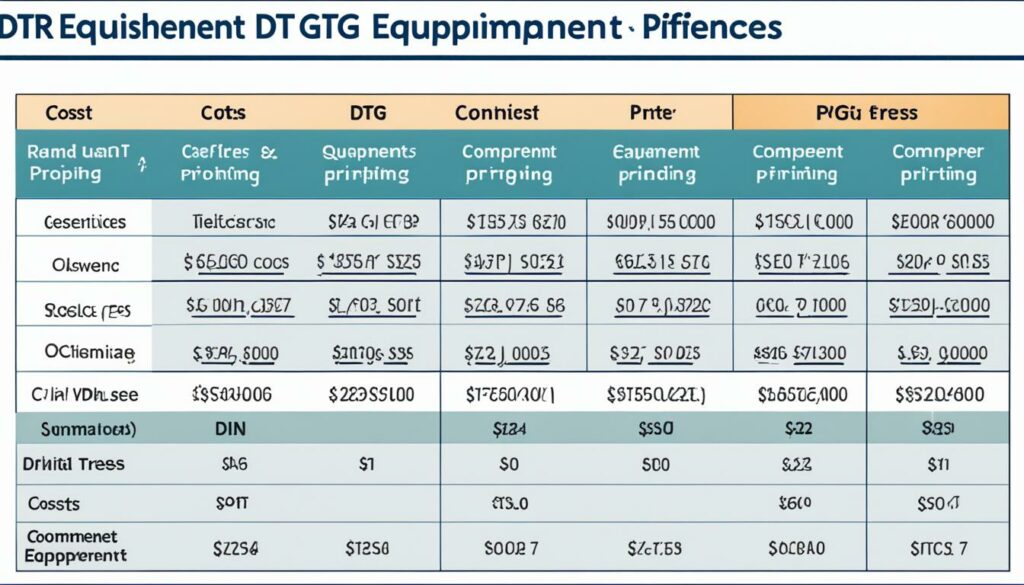
Pros and Cons of Sublimation Printing
Sublimation printing offers numerous advantages and disadvantages that you should consider when choosing your printing method. Let's explore the pros and cons of sublimation printing:
Pros of Sublimation Printing
- Vibrant Colors: Sublimation printing provides vibrant and long-lasting colors, creating eye-catching designs that stand out.
- Versatile Printing Options: With sublimation, you can print on various products, such as apparel, mugs, and phone cases, expanding your creative possibilities.
- Durability: Sublimation prints are highly durable and can withstand regular washing, making them ideal for items that require frequent use.
Cons of Sublimation Printing
- Fabric Compatibility Limitations: Sublimation printing works best on polyester fabric, limiting your options if you plan to print on other fabric types.
- Not Ideal for Dark Garments: Sublimation printing is not suitable for dark-colored garments, as the vibrant colors may not show up effectively.
- Longer Processing Time: Sublimation printing requires multiple steps, including printing on transfer paper and heat pressing, which can take longer compared to other printing methods.
- Higher Cost: Sublimation printing can be more costly, especially if you have a large volume of printing or need specialized equipment.
Considering these pros and cons will help you make an informed decision when choosing a printing method for your custom apparel projects. Remember to assess your specific requirements and goals to determine which printing method suits your needs best. Keep reading to explore the advantages and disadvantages of DTG printing in the next section.
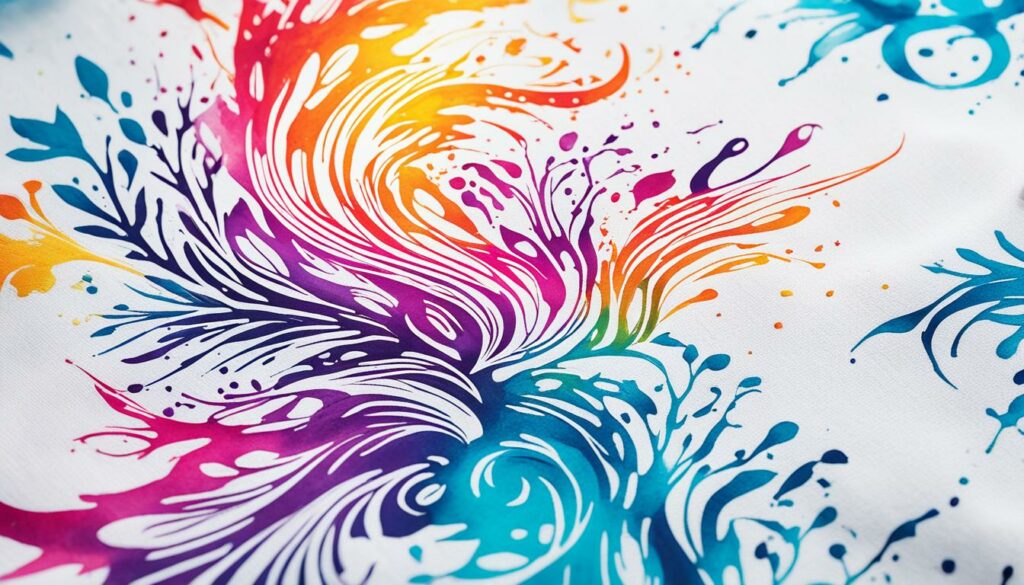
Pros and Cons of DTG Printing
DTG printing, or direct-to-garment printing, offers several advantages and disadvantages to consider when choosing a printing method for your custom apparel projects. Let's take a closer look at the pros and cons of DTG printing.
Pros of DTG Printing
- High-Quality Prints: DTG printing produces vibrant and detailed prints, capturing even the finest details of your design. The printing process allows for a wide color gamut, resulting in stunning and accurate color representation.
- Compatibility with Multiple Fabric Types: DTG printing works well on various fabric types, including cotton, polyester blends, and even synthetic materials. This versatility makes it suitable for a wide range of garment choices.
- Cost-Effectiveness for Small Orders: DTG printing is cost-effective for small orders or individual prints. It eliminates the need for upfront costs associated with screen printing, making it ideal for print-on-demand businesses or personalized apparel.
Cons of DTG Printing
- Limitations in Color Vibrancy: While DTG printing provides high-quality prints, it may not achieve the same level of color vibrancy as other printing methods like sublimation. The outcome may be slightly muted colors, especially when printing on dark fabrics.
- Not Ideal for Large Orders: DTG printing is best suited for small to medium-sized orders. When it comes to large-scale production, the printing process can be time-consuming and may not be as efficient as other methods like screen printing.
Despite these limitations, DTG printing remains a popular choice among businesses looking for high-quality, customizable prints on a variety of fabric types.
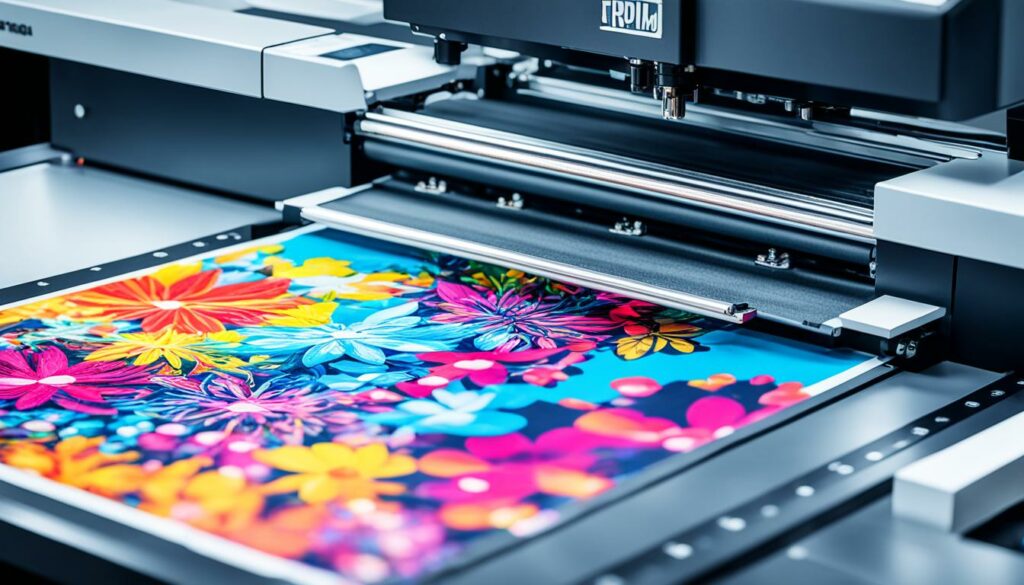
Now that we've explored the pros and cons of DTG printing, it's important to weigh these factors against your specific business needs, project requirements, and budget.
In the next section, we'll delve into the final section of this article, where we'll help you make an informed decision by comparing the pros and cons of DTG and sublimation printing for your print-on-demand store.
Choosing the Best Printing Method for Your Print-on-Demand Store
When it comes to finding the best printing method for your print-on-demand store, two popular options stand out: DTG (Direct-to-Garment) and sublimation. Each method has its own unique features, pros, and cons that you need to consider before making a decision.
DTG printing is the go-to choice for t-shirts, apparel, and fashion items. It offers high-quality prints that capture even the finest details of your designs. With DTG, you have the creative freedom to experiment with vibrant colors and complex artwork, making it ideal for those seeking intricate and eye-catching designs.
On the other hand, sublimation printing is perfect for personalized tags, plates, or signage. It uses a special process where solid ink transitions directly into gas and becomes a part of the fabric, resulting in long-lasting and durable prints. Sublimation also offers a wide range of creative capabilities, allowing you to experiment with unique designs and patterns.
Remember to consider the pros and cons of each printing method and how they align with your products and goals. DTG offers exceptional quality, while sublimation provides durability and versatility. Think about the type of items you want to print and the commercial potential of your print-on-demand store.
Here's a breakdown of the pros and cons:
| DTG Printing | Sublimation Printing | |
|---|---|---|
| Pros |
|
|
| Cons |
|
|
By carefully considering these factors, you can make an informed decision that aligns with your creative capabilities and commercial potential. Whether you choose DTG or sublimation, AllPrintHeads.com offers a wide range of printing equipment, supplies, and support to help you bring your print-on-demand ideas to life.
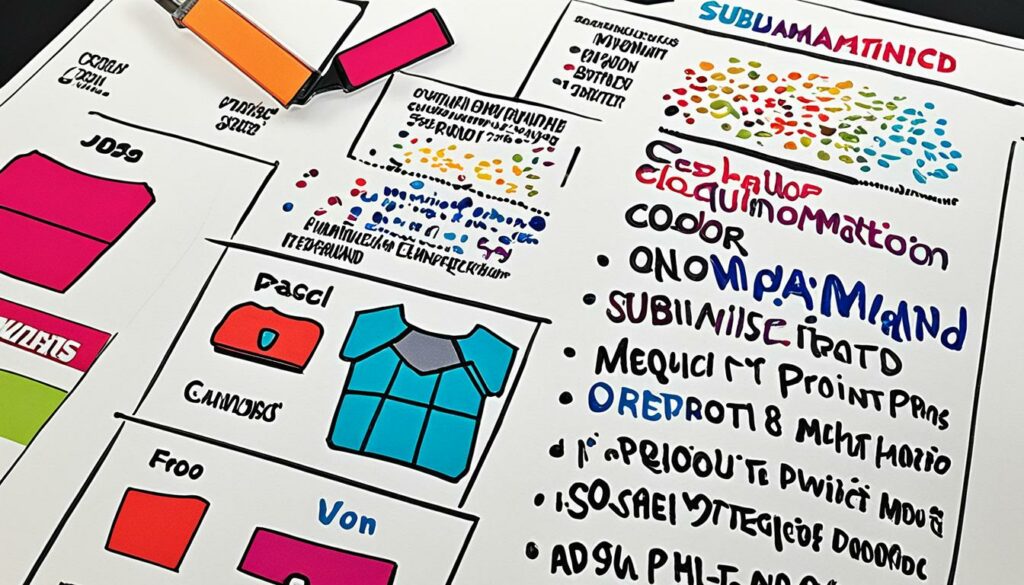
References:
- “What is DTG Printing?” [Online] Available at: [Link]
- “Understanding Sublimation Printing.” [Online] Available at: [Link]
- “Cost Comparison: DTG vs Sublimation Printing.” [Online] Available at: [Link]
Conclusion
After examining the advantages and considerations of both DTG and sublimation printing methods, it is clear that each has its own strengths and weaknesses. When making a decision for your business or project, it's crucial to understand the process, durability, printing area, material compatibility, and product options.
Consider the specific requirements of your print-on-demand store to choose the best printing method. DTG printing is well-suited for t-shirts, apparel, and fashion, offering high-quality prints, compatibility with multiple fabric types, and cost-effectiveness for small orders. On the other hand, sublimation printing is ideal for personalized tags, plates, or signage, with vibrant colors, versatility in printing options, and durability.
To meet your printing needs, AllPrintHeads.com provides a wide range of printing equipment, supplies, and support for both DTG and sublimation printing. Whether you choose DTG or sublimation, AllPrintHeads.com is here to help you achieve your creative goals and unlock the commercial potential of your custom apparel projects.
Source Links
- https://www.allprintheads.com/blogs/news/dtg-vs-dtf-vs-sublimation-what-are-the-differences
- https://www.allprintheads.com/blogs/news/dtg-printing-vs-sublimation-what-you-should-know
- https://merchize.com/direct-to-garment-vs-sublimation-printing/

I'm Morgan, the creator of VPNForMe — a site born from too many hours spent side-eyeing sketchy VPN reviews and buffering videos.
I wanted a place where people could get straight answers about privacy, streaming access, and which VPNs actually deliver — without the hype or tech jargon.

